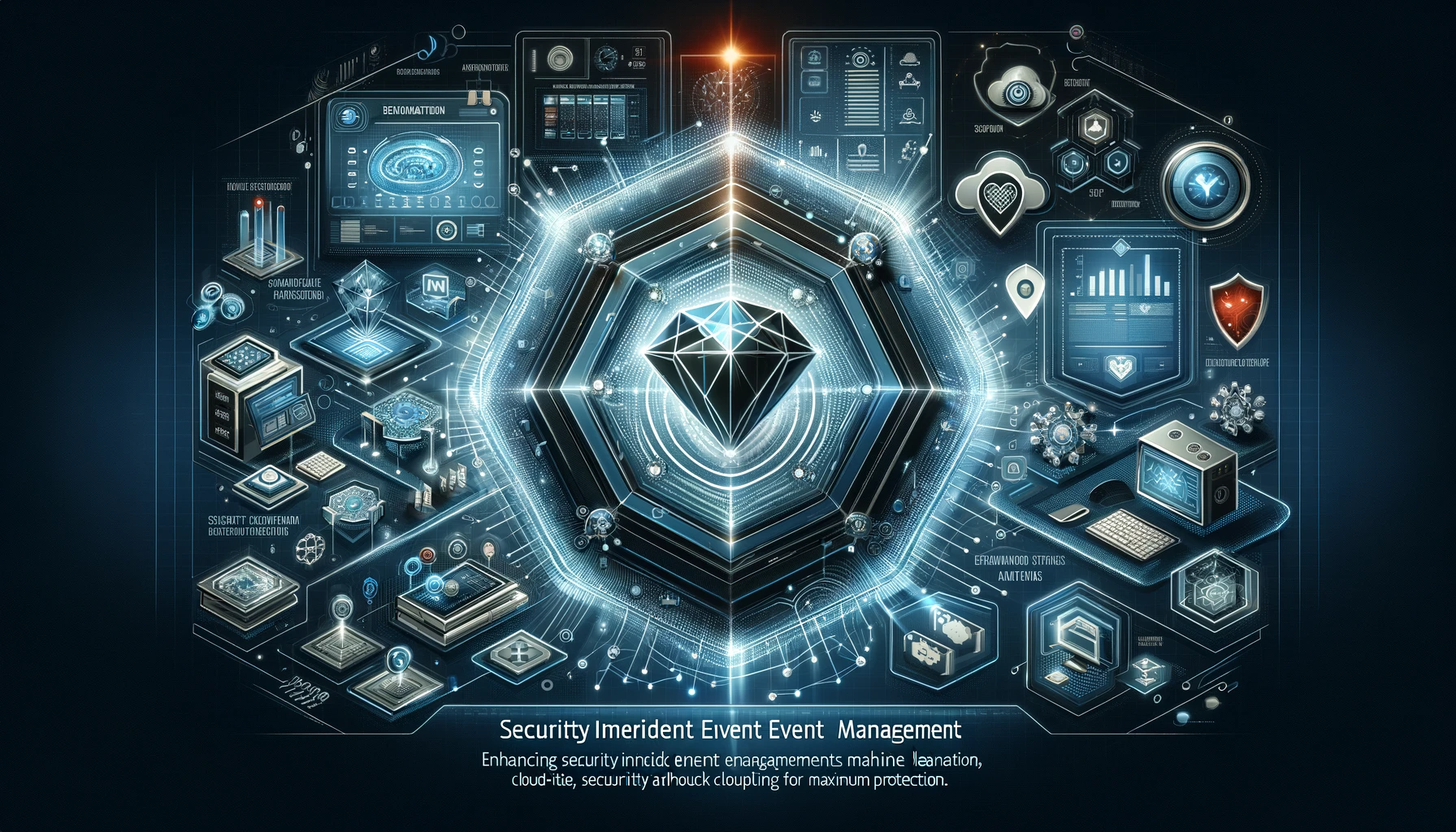
Enhancing Security Incident Event Management (SIEM) for Maximum Protection
As cyber threats continue to evolve, it is essential for organizations to strengthen their security incident event management (SIEM) systems. SIEM plays a crucial role in detecting, analyzing, and responding to security incidents, providing a holistic view of an organization’s security posture. To stay ahead of the ever-growing threat landscape, here are some key enhancements that can significantly improve your SIEM capabilities:
1. Advanced Log Collection and Normalization
SIEM systems rely on log data from various sources to identify potential security incidents. Enhancements in log collection and normalization techniques enable better data correlation, reducing false positives and improving overall detection accuracy. Implementing standardized log formats and leveraging intelligent log parsing tools can greatly enhance SIEM effectiveness.
2. Real-Time Event Correlation
Traditional SIEM systems often struggle to keep pace with real-time threats due to delays in event correlation. By enhancing event correlation capabilities, organizations can identify complex attack patterns and prioritize critical security incidents promptly. Real-time event correlation involves leveraging machine learning algorithms, threat intelligence feeds, and behavioral analytics to detect sophisticated attacks.
3. User and Entity Behavior Analytics (UEBA)
UEBA is a powerful enhancement that focuses on detecting anomalies in user and entity behavior. By establishing baselines for normal behavior, SIEM systems can identify suspicious activities that deviate from the expected patterns. UEBA leverages machine learning algorithms to detect insider threats, account compromises, and other malicious activities that may go unnoticed by traditional rule-based detection mechanisms.
4. Automation and Orchestration
Enhancing SIEM with automation and orchestration capabilities can significantly improve incident response times. Automation allows for the immediate execution of predefined actions, such as isolating compromised systems or blocking malicious IP addresses. Orchestration streamlines incident response workflows, ensuring that security teams can effectively collaborate and respond to security incidents in a coordinated manner.
5. Threat Intelligence Integration
Integrating threat intelligence feeds into SIEM systems enhances the detection and response capabilities by providing real-time information about known threats and indicators of compromise (IOCs). By correlating internal events with external threat intelligence, organizations can proactively identify potential security incidents and take appropriate countermeasures.
6. Cloud-Native SIEM
In today’s cloud-centric world, traditional on-premises SIEM solutions may not suffice. Cloud-native SIEM platforms offer scalability, agility, and cost-effectiveness. By leveraging cloud infrastructure, organizations can enhance their SIEM capabilities and handle large volumes of log data generated by cloud services and applications.
By implementing these enhancements, organizations can strengthen their SIEM systems and stay ahead of cyber threats. It is crucial to regularly evaluate and update your SIEM infrastructure to ensure it aligns with the evolving threat landscape. Remember, cybersecurity is a continuous journey, and enhancing SIEM is a vital step towards safeguarding your digital assets.
Stay Connected with Secure Debug
Need expert advice or support from Secure Debug’s cybersecurity consulting and services? We’re here to help. For inquiries, assistance, or to learn more about our offerings, please visit our Contact Us page. Your security is our priority.
Join our professional network on LinkedIn to stay updated with the latest news, insights, and updates from Secure Debug. Follow us here.







